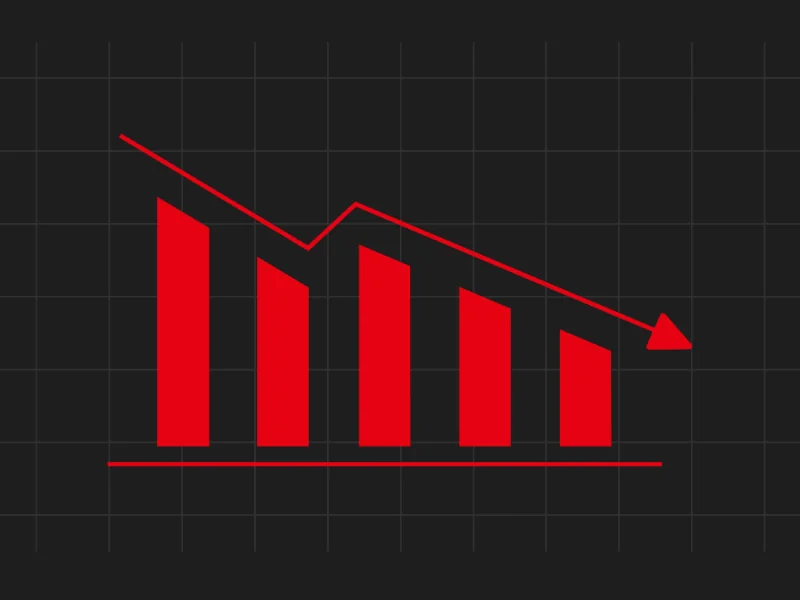The Extraordinary Growth of Money Supply
In recent years, we have witnessed something remarkable—an incredible rise in the global money supply. Over the course of almost 100 years, the Federal Reserve slowly increased the money supply to around $4 trillion. However, during the COVID-19 pandemic, this amount skyrocketed, jumping from $4 trillion to over $20 trillion in just one or two years. This sudden surge has had a major impact on the global economy, affecting everything from the price of everyday goods to the value of major assets.

Understanding the Impact of the Money Supply Surge
To put this into perspective, imagine a small community where $4,000 exists in circulation and there are 4,000 apples for sale. Each apple would be priced fairly based on the supply of money and apples. But now, imagine the money supply increases to $20,000 while the number of apples remains the same. Naturally, each apple would become much more expensive. This is exactly what we are seeing across the world right now. As money floods the system, the prices of goods and assets like real estate, stocks, gold, and even bitcoin are rising quickly.
The Challenge of Reducing the Money Supply
Governments have attempted to reduce the amount of money in circulation by tightening policies, but this has not been easy. The problem is that once this large amount of money has entered the economy, reducing it can cause significant challenges. Attempts to decrease the money supply have already started to hurt the economy, which means that scaling back too much could lead to a crash. In fact, even though some efforts have been made to control the money supply, it has already begun to increase again.
Money Supply and Asset Prices
As long as the money supply keeps growing, asset prices will likely continue to rise. This is a simple result of the massive amount of liquidity in the system. While people may attribute the rising value of assets to other factors, such as local economic conditions or technological advancements, much of it is driven by the sheer volume of money now in circulation. This influx of money is making us feel wealthier, but the reality is that the value of money is shrinking rather than our wealth growing at a faster rate.
Printed vs. Created Money
It is important to clarify that not all of this money has been physically printed as hard currency. A significant portion exists in digital form within the banking system. But whether it is physical or digital, the impact is the same: there is much more money flowing through the global economy than ever before. This massive wave of liquidity is making everything appear more expensive because the value of money itself is decreasing.
The Illusion of Wealth
The surge in money supply may give the illusion that our wealth is increasing dramatically, but in truth, what is happening is that the purchasing power of money is falling. Prices are rising because there is more money chasing the same amount of goods and assets. It is not that people are suddenly becoming much wealthier; rather, the value of the money they hold is dropping quickly. Understanding this shift is crucial as it helps explain why prices are rising across the board.
Disclaimers and disclosures : https://tinyurl.com/2763eyaz
If you have any questions, please write to support@weekendinvesting.com













